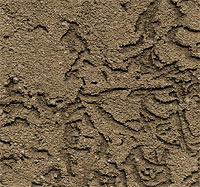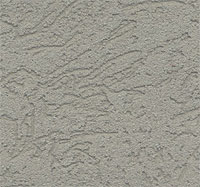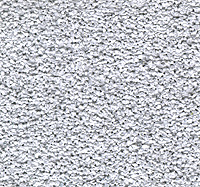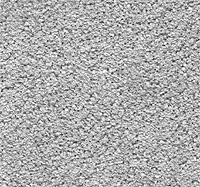Is Stucco Fire Resistant?
A Stucco Fire Resistant Finish For Your Home Is A Great Idea!
Yes, adding a stucco exterior finish to your home can help with fire resistance. Stucco, a type of plaster made from cement, sand, and lime, is widely regarded as a fire-resistant material, especially when compared to other types of exterior cladding like wood siding.
While it may not make a home completely fireproof, stucco offers significant advantages in terms of fire resistance, which can enhance the overall safety of the structure.
Here are several factors to consider when evaluating the fire-resistant properties of stucco:
Material Composition and Fire Resistance
Stucco is a non-combustible material, meaning it does not ignite or contribute to the spread of fire. It is made from Portland cement, sand, lime, and water, materials that are naturally resistant to heat and flames. Portland cement, in particular, is known for its fire-resistant qualities, as it can withstand high temperatures without breaking down or combusting.
When applied correctly, stucco can provide an extra layer of defense against fire by creating a protective barrier over the exterior of the home. This makes it harder for flames to penetrate the walls and spread to the interior of the building.
Thickness of Stucco Layer
The thickness of the stucco application plays a crucial role in its effectiveness as a fire-resistant material. Typically, stucco is applied in layers, with the traditional three-coat system consisting of a scratch coat, a brown coat, and a finish coat. Together, these layers usually measure about 7/8 of an inch in total thickness. The thicker the stucco layer, the more protection it can offer against fire.
This multi-layered application creates a denser and more resilient surface, which can resist heat and flames for a longer duration compared to thinner applications or less fire-resistant materials. It also provides better insulation for the structure, reducing the likelihood of heat transfer to interior components like wood framing.
Fire Resistance Ratings
Stucco, when applied properly, can meet or exceed fire resistance ratings required by building codes in fire-prone areas. Stucco is commonly used in regions where wildfire risks are high because of its ability to slow down or prevent the spread of fire. For example, stucco walls can provide up to a one-hour fire resistance rating, meaning they can withstand exposure to flames for an hour before the fire breaches the wall.
Additionally, stucco is often used in combination with other fire-resistant materials, such as metal lath or wire mesh, which further enhances its effectiveness. In wildfire-prone areas, building codes often require that exterior walls be constructed with materials that have at least a one-hour fire resistance rating, and stucco is a popular choice to meet this requirement.
Resistance to Radiant Heat
Stucco also provides resistance to radiant heat, which is the heat emitted by a fire even if flames do not make direct contact with the home. Radiant heat can cause combustible materials to ignite, even at a distance from the fire source. Because stucco is non-combustible, it can help prevent the ignition of underlying materials like wood framing or insulation.
In wildfire scenarios, homes are often exposed to radiant heat before flames actually reach the structure. Stucco’s ability to reflect or resist this heat can significantly reduce the risk of ignition, making it a valuable feature in fire-prone regions.
Durability in High Heat Conditions
Stucco is also durable in extreme heat conditions, which is important in areas subject to wildfires or other high-temperature events. It does not warp, melt, or degrade when exposed to heat in the same way that vinyl or wood siding might. Once applied, stucco forms a hard, solid shell that can maintain its structural integrity during and after fire exposure.
Compatibility with Other Fire-Resistant Measures
While stucco offers significant fire-resistant properties, it is most effective when used in conjunction with other fire prevention and mitigation strategies. For example:
- Fire-Resistant Roofing: Stucco walls combined with fire-resistant roofing materials, such as clay tiles or metal roofing, create a comprehensive defense system against fire.
- Fire-Rated Windows and Doors: Installing fire-rated windows and doors can prevent flames from entering the home through openings, further enhancing the effectiveness of stucco walls.
- Defensible Space: Maintaining a defensible space around the home by clearing brush, trees, and other combustible materials can help reduce the risk of fire reaching the structure. When combined with stucco’s fire-resistant properties, this creates a strong fire defense.
Aesthetic and Practical Benefits
In addition to its fire-resistant properties, stucco offers aesthetic and practical advantages. It can be finished in a variety of textures and colors, allowing homeowners to achieve the desired look for their home. It is also durable, weather-resistant, and requires minimal maintenance compared to other siding options, making it a long-lasting and practical choice for many climates.
Limitations and Considerations
Although stucco is fire-resistant, it is important to note that it is not completely impervious to fire. Prolonged exposure to extremely high temperatures can cause the material to crack or deteriorate, especially if there are pre-existing structural vulnerabilities. Over time, stucco can develop cracks that may reduce its effectiveness as a fire barrier.
Regular inspection and maintenance are necessary to ensure the stucco remains intact and in good condition.
Furthermore, stucco’s fire resistance is only one part of a comprehensive fire safety plan. Homeowners should also take additional precautions, such as installing fire sprinklers, smoke detectors, and maintaining a fire-safe landscape, to maximize fire protection.
Stucco Fire Resistance – Well Known Fact
In conclusion, adding a stucco exterior finish can significantly enhance a home’s fire resistance due to its non-combustible nature, thickness, and durability under high heat. It can help prevent fire from penetrating the exterior walls and slow down the spread of flames. While it is not a foolproof solution, when used in combination with other fire-resistant building materials and fire prevention strategies, stucco can be a valuable component in protecting a home from fire.
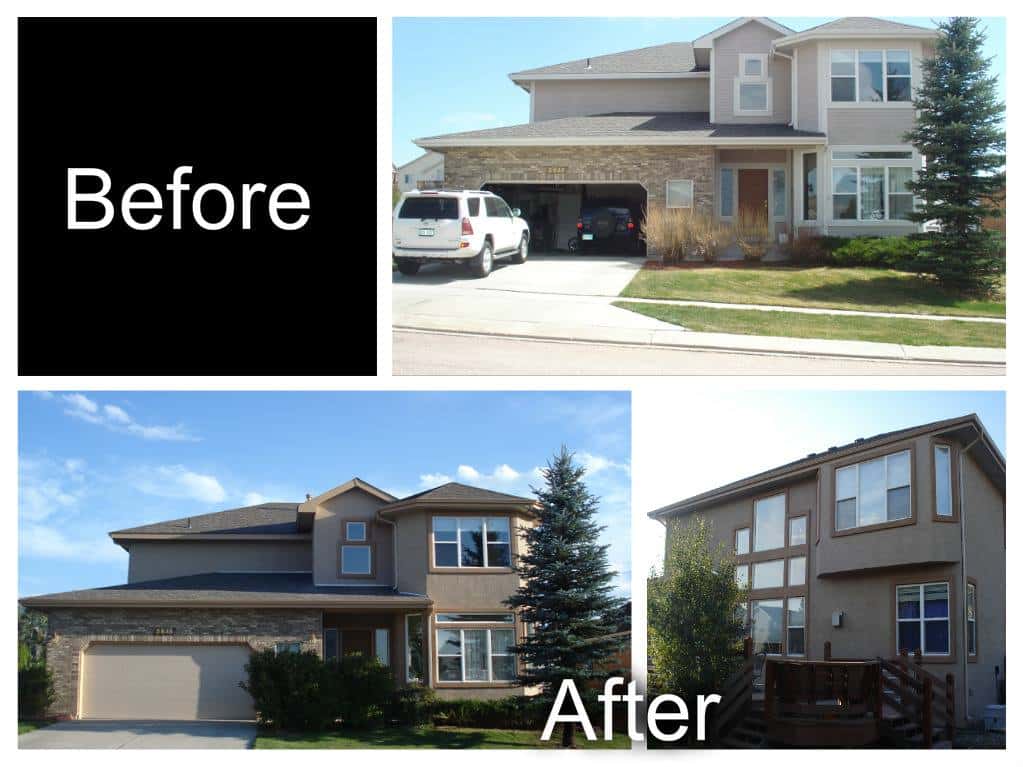

|
|

We recently had a major overhaul done to our home, ordering new windows, doors, soffits, paint, fascia, gutters and stucco with this company and are thrilled with the products and work done to our home. We live out of town and could not find a local contractor that could complete all of the work we wanted done, but Colorado Window and Door Company was able to take care of everything for us and my wife and I could not be happier. The crews were efficient, showed up when expected and completed everything with close attention to every detail. What a relief to work with a company that does what they say and cares about your home the way you do! Great work! Recommend 100%!
Colorado Window And Door – Total Exterior Renovation In Colorado Springs
Colorado Window and Door Company specializes in residential and small commercial window replacement, door replacement, stucco refinish and exterior renovation projects in Colorado Springs
We not only offer top quality products, but our workmanship and attention to detail ensures that you will receive exactly what you expect and deserve. Our Design Consultants go over every detail with you so you know exactly how your project will turn out.
Let us help you create a new, beautiful, and virtually maintenance free exterior for your Colorado Springs home.
| Features | Benefits |
|---|---|
| Cement board core (e.g. PermaBase™ or other ASTM C1325 Type A Exterior approved cement boards) | Reinforces impact and puncture resistance, provides moisture resistance, increases dimensional stability |
| Rapid, mechanical attachment | Speeds application; reduces labor cost; close-in structure quickly |
| Water-managed design | Allows evacuation of incidental moisture |
| Unlimited colors, textures and architectural details | Support design freedom: create details that would impossible or cost prohibitive with other claddings |
| 100% Acrylic finish coats | Resist fading and abrasion; options available for added dirt/mildew resistance |
| 100% Acrylic, reinforced base coats | Produce a weather-resistant barrier, provide crack resistance |

Before

After

Before

After

Before


